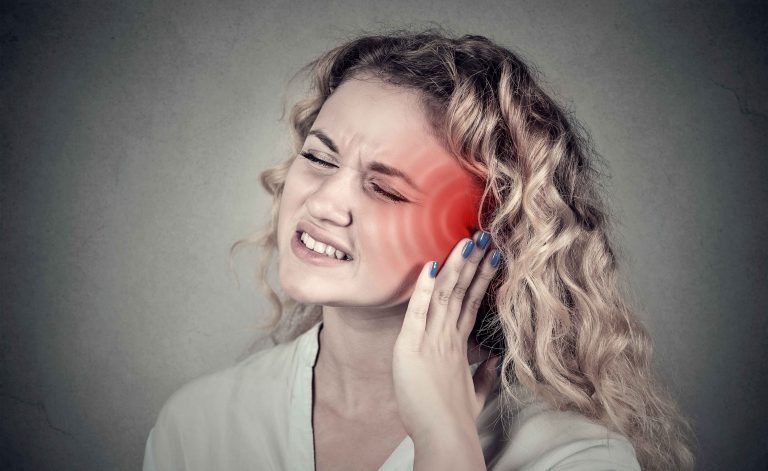
L’infiammazione del nervo trigemino, meglio conosciuta come nevralgia del trigemino, è una sindrome dolorosa e cronica che colpisce una coppia di nervi presenti in modo simmetrico a sinistra e a destra della testa. È più frequente che l’infiammazione colpisca il lato destro e interessi soggetti di sesso femminile che hanno superato i 50 anni. In rari casi il disturbo può essere ereditario a causa di una malformazione o di una congenita configurazione dei vasi sanguigni alterata.
Chi ne soffre lo sa: il dolore è folgorante, quasi una scossa elettrica. Dapprima localizzata in un punto specifico del viso, tuttavia, può irradiarsi in modo rapido fino a interessare l’area sopra l’occhio, la fronte e le zone mandibolare e mascellare, che coprono le guance, le gengive e ovviamente i denti. La sua durata è breve ma può ripetersi più volte nel tempo e, dopo la crisi, provocare un aumento della secrezione nasale e lacrimale.
I sintomi tipici della nevralgia del trigemino sono:
- dolore, spesso improvviso e lancinante, a volte accompagnato da sensazione di bruciore
- toccare la guancia può causare veri e propri lampi di dolore, simili a scosse elettriche
- il dolore può essere limitato a una piccola zona o interessare gran parte della metà del viso
- indolenzimento e formicolio al viso prima di un episodio doloroso
Soprattutto in fase iniziale è difficile interpretarne le cause correttamente. Questo spiega perché spesso questa sindrome venga diagnosticata sul lettino del dentista quando il paziente lamenta un mal di denti persistente. Insieme a questa presenta un’elevata sensibilità, magari al caldo o al freddo, altre volte all’acido o al dolce.
La sensibilità dentale è un fenomeno piuttosto diffuso nella popolazione e può tornare a intervalli irregolari nel tempo. A volte può essere legata a cause strutturali come una carie profonda, che va a intaccare il nervo, o a una ciste. In altri casi dipende da una sollecitazione da pressione come il digrignamento notturno. Altre volte invece può nascondere insidie più complesse come la nevralgia del trigemino che, in fase iniziale, presenta periodi di benessere tra una crisi e l’altra.
Tuttavia, con il passare del tempo, le crisi si intensificano provocando un grande disagio nel paziente che ne è affetto. Ecco perché è importante non trascurarlo e, con una visita di controllo professionale, capirne la natura. Questo permetterà di escludere altre cause e definire la terapia più adatta per la guarigione.